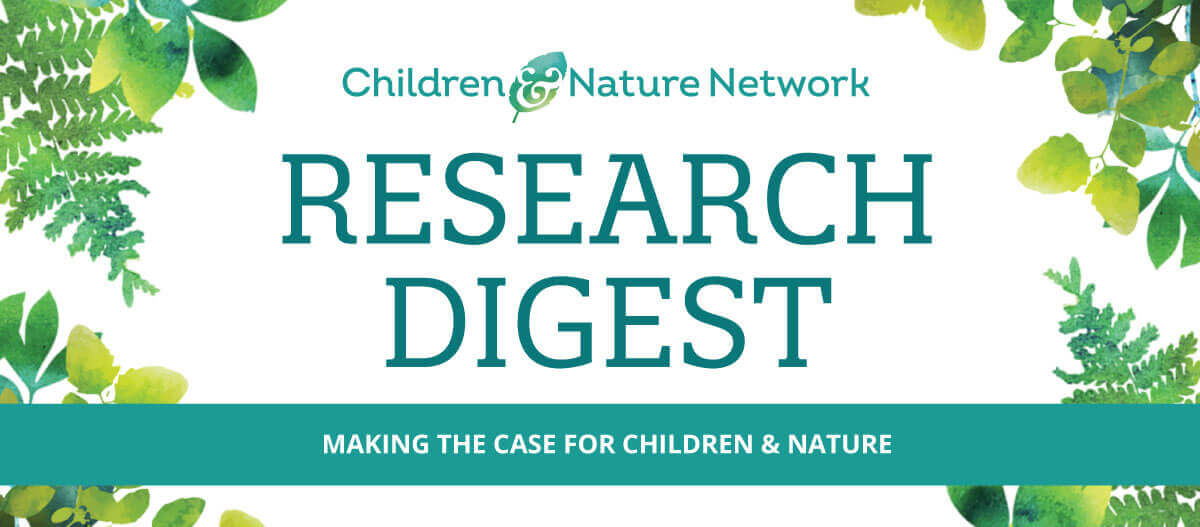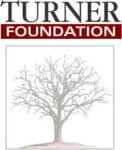Physical and Mental Health
Nature engagement has a positive impact on Latinx children’s and youths’ physical and mental health, including increasing physical activity, enhancing resilience, promoting mental health, and making them feel heard and connected to their community. Factors that may enhance positive physical and mental health outcomes include adding age-appropriate toys to outdoor activities, focusing on the fun in outdoor activities, involving family and friends in outdoor activities, establishing park-based programs, and integrating culturally relevant artistic expression opportunities.
More age-appropriate toys and more limits on media usage are associated with higher levels of young children’s active play in Latino farmworker families
Interviews with 221 Latino mothers of 2- to 4-year-olds over the course of two years in North Carolina assessed the children’s outdoor playtime, media time, and the environments in which they lived. Findings indicated that for these farmworker families, adding more toys to outdoor playtime and limiting media usage could increase the children’s physical activity.
Arcury et al. 2017. Residential environment for outdoor play among children in Latino farmworker families.
Access Study
‘‘Fun’’ identified by Hispanic immigrant children as primary driver of physical activity
Observations of 14 first- and second-generation Hispanic children from an afterschool program for low-income children in Pennsylvania found that children identified “fun” as a key driver of physical activity. Some children characterized outdoor play as being more fun because they could do more things outside such as climb trees, play tag, and use playground equipment. In addition, companions or partners including friends, parents, or other family were also facilitators of physical activity, especially for visits to the park.
Taverno Ross & Francis, 2016. Physical activity perceptions, context, barriers, and facilitators from a Hispanic child’s perspective.
Access Study
Mental health and youth development program in parks with a large Hispanic population may have the potential to prevent violence among at-risk youths
In 2015, several community groups in Florida neighborhoods, composed of 60% Hispanic members, worked together to establish an afterschool park-based mental health program for at-risk youth. Follow-up research showed a greater reduction in arrest rates in areas where the program was offered than in areas where it was not offered, thus indicating the program’s potential to promote mental health and resilience and prevent violence.
D’Agostino et al. 2019. Two-year changes in neighborhood juvenile arrests after implementation of an afterschool park-based mental health promotion program in Miami-Dade County, Florida, 2015-2017.
Access Study
Nature-related and culturally-relevant art activities in cities with a large Latino population provide an avenue for children’s active participation in their urban communities
Focusing on lower income Latino populations in two contrasting U.S. cities, this study found that nature-based art projects gave young people a culturally relevant way to express their ideas about local environmental issues affecting their lives and provided a way to heal from trauma that they may have experienced.
Derr, 2017. Participation as a supportive framework for cultural inclusion and environmental justice.
Access Study





